Welcome to the Auto Repair Manuals.
Top 12 cars of 2012: Range Rover
5 stars based on
1 reviews
-
 Top 12 cars of 2012: Range Rover
Top 12 cars of 2012: Range Rover
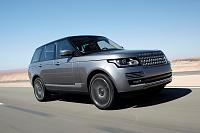
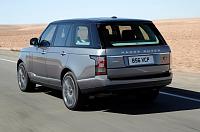
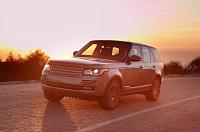
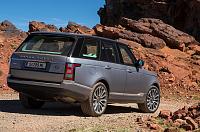
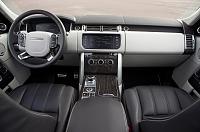
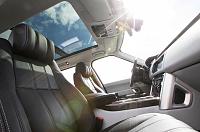
Similar Threads
-
By Auto News in forum Avtomir - miscellaneous
Replies: 0
Last Post: 01.02.2014, 03:00
-
By Auto News in forum News
Replies: 0
Last Post: 01.03.2013, 11:12
-
By Auto News in forum News
Replies: 0
Last Post: 29.11.2012, 01:00
-
By Auto News in forum News
Replies: 0
Last Post: 28.11.2012, 00:50
-
By Auto News in forum News
Replies: 0
Last Post: 21.11.2012, 16:12



 LinkBack URL
LinkBack URL About LinkBacks
About LinkBacks